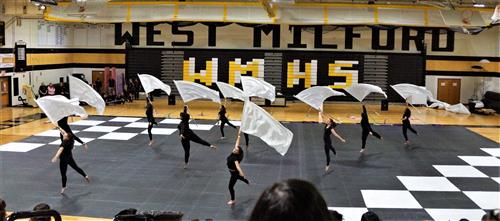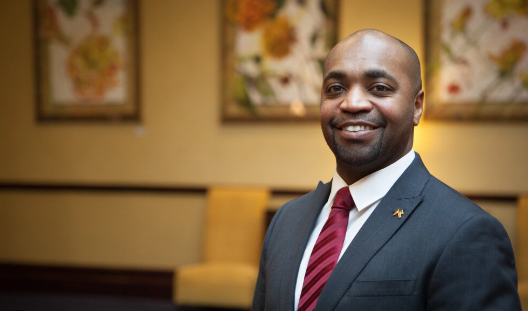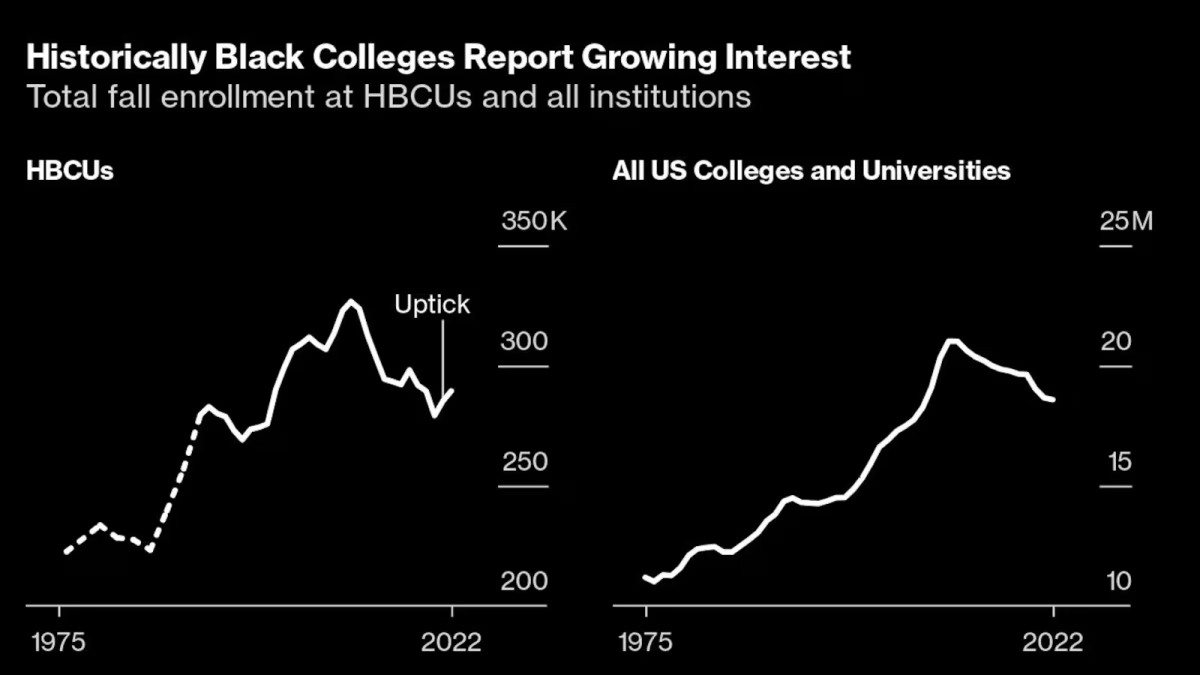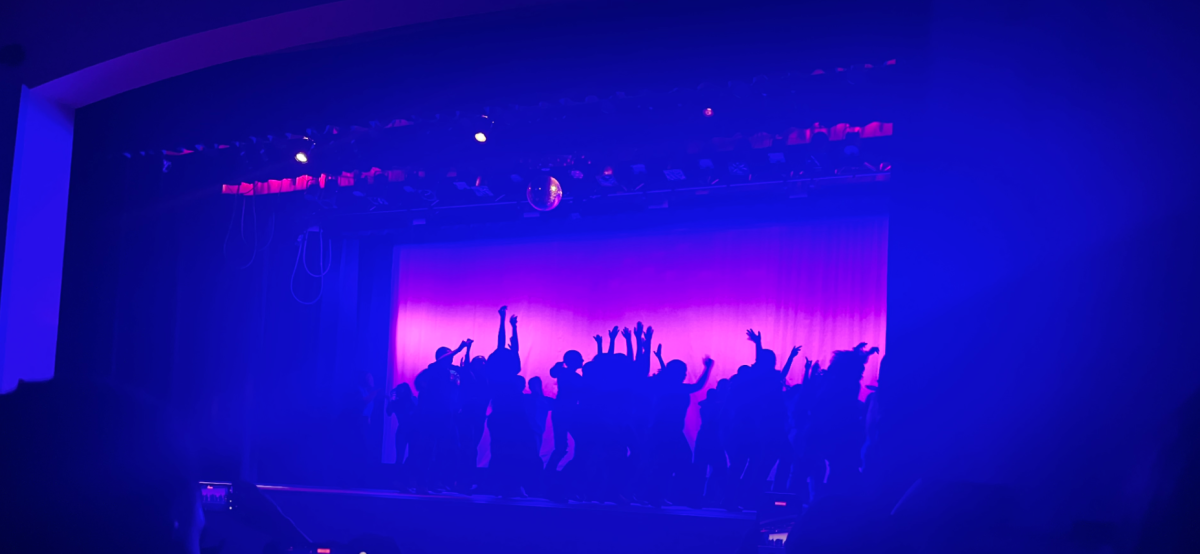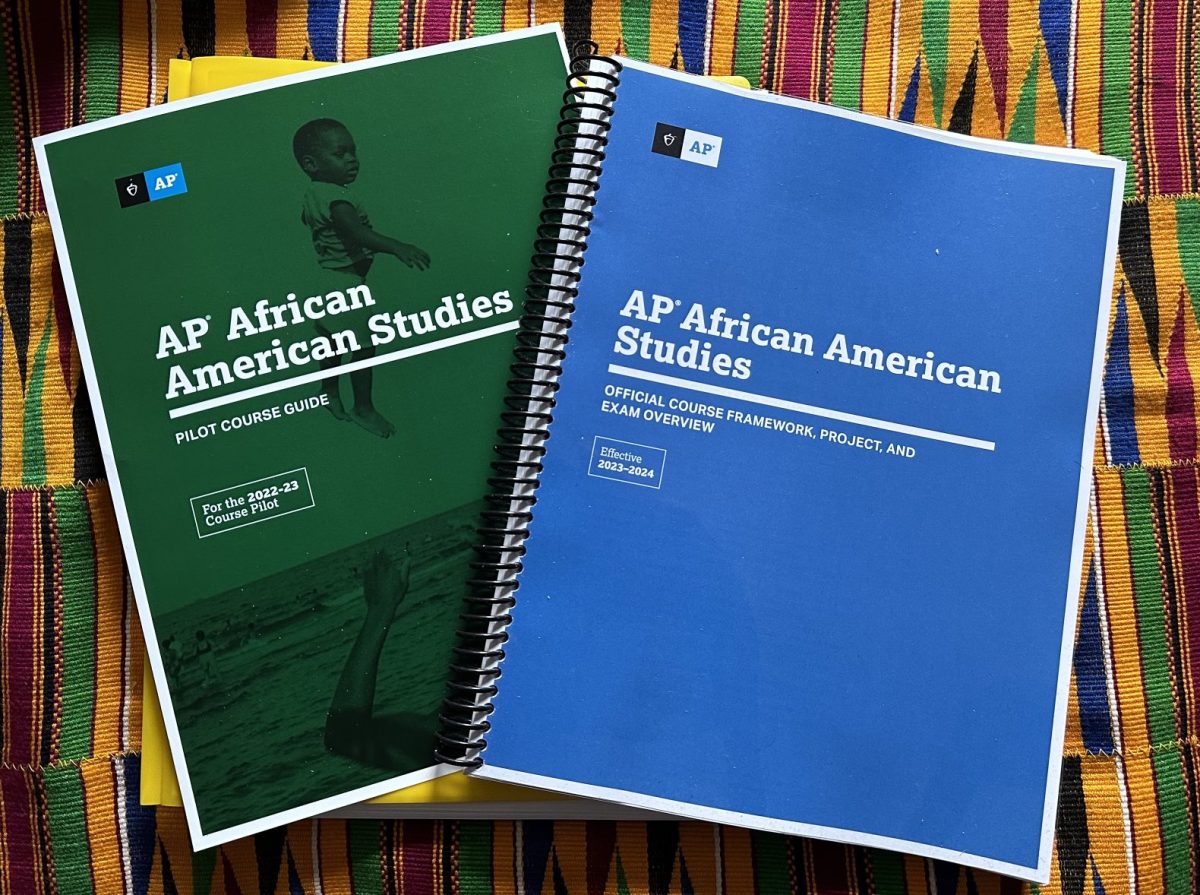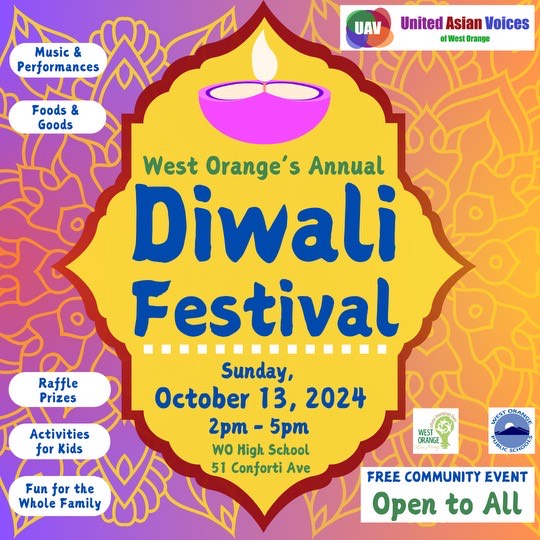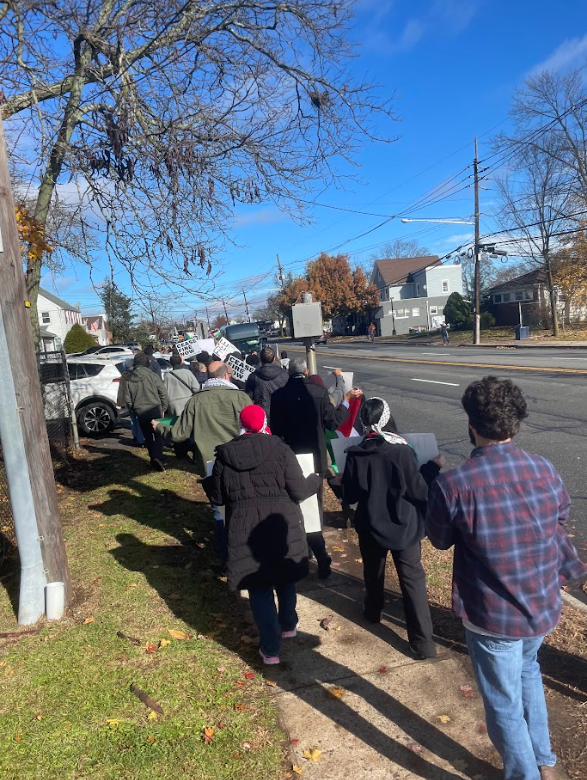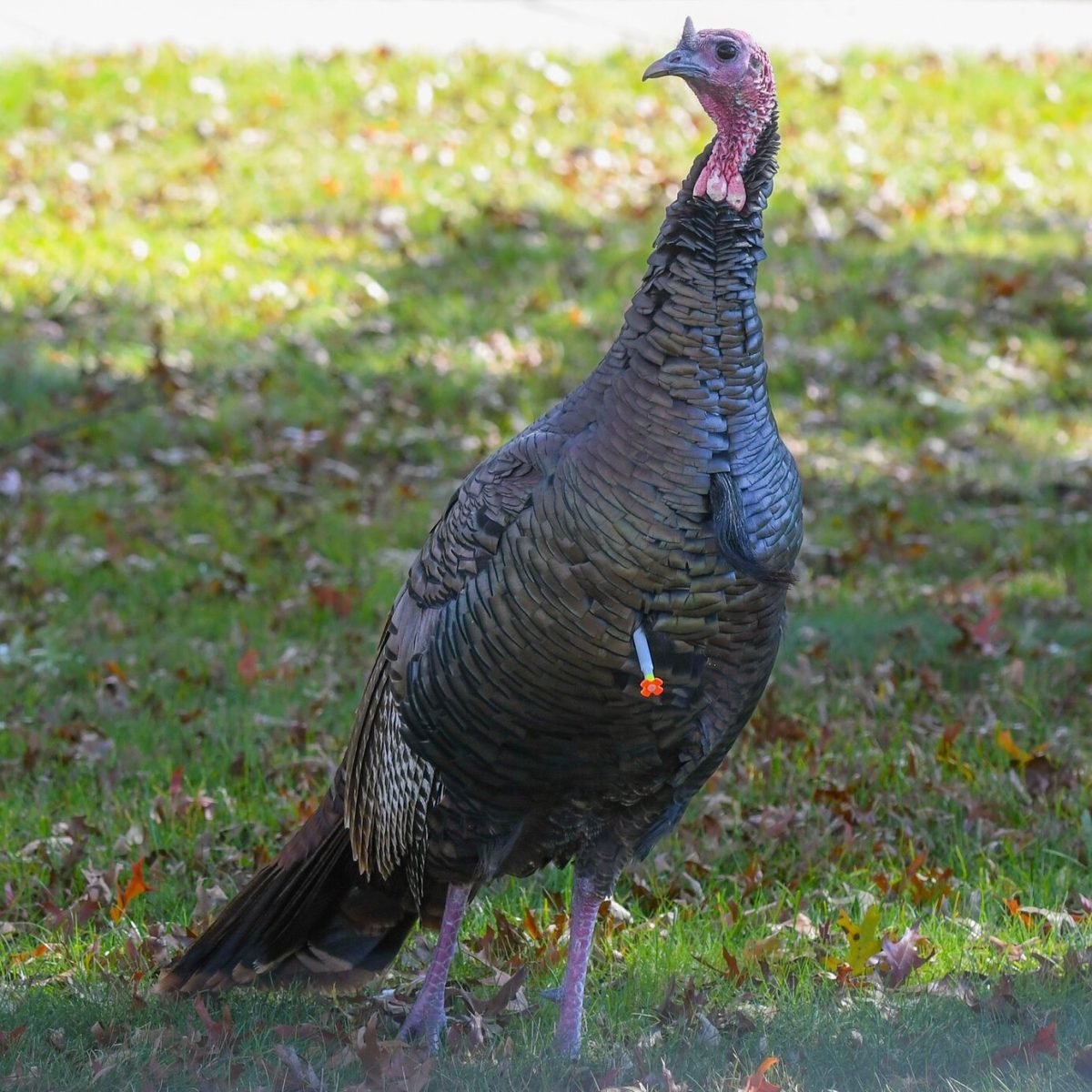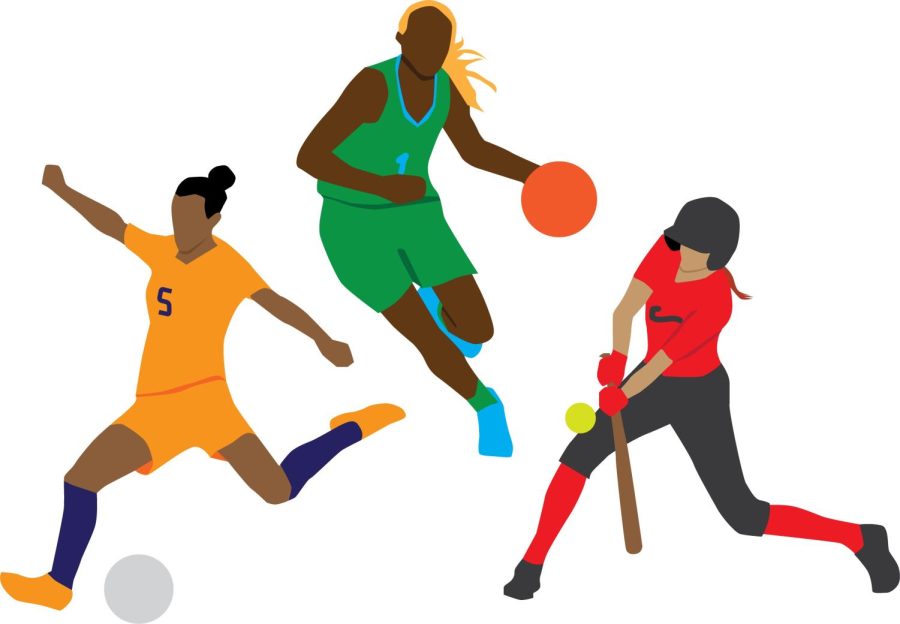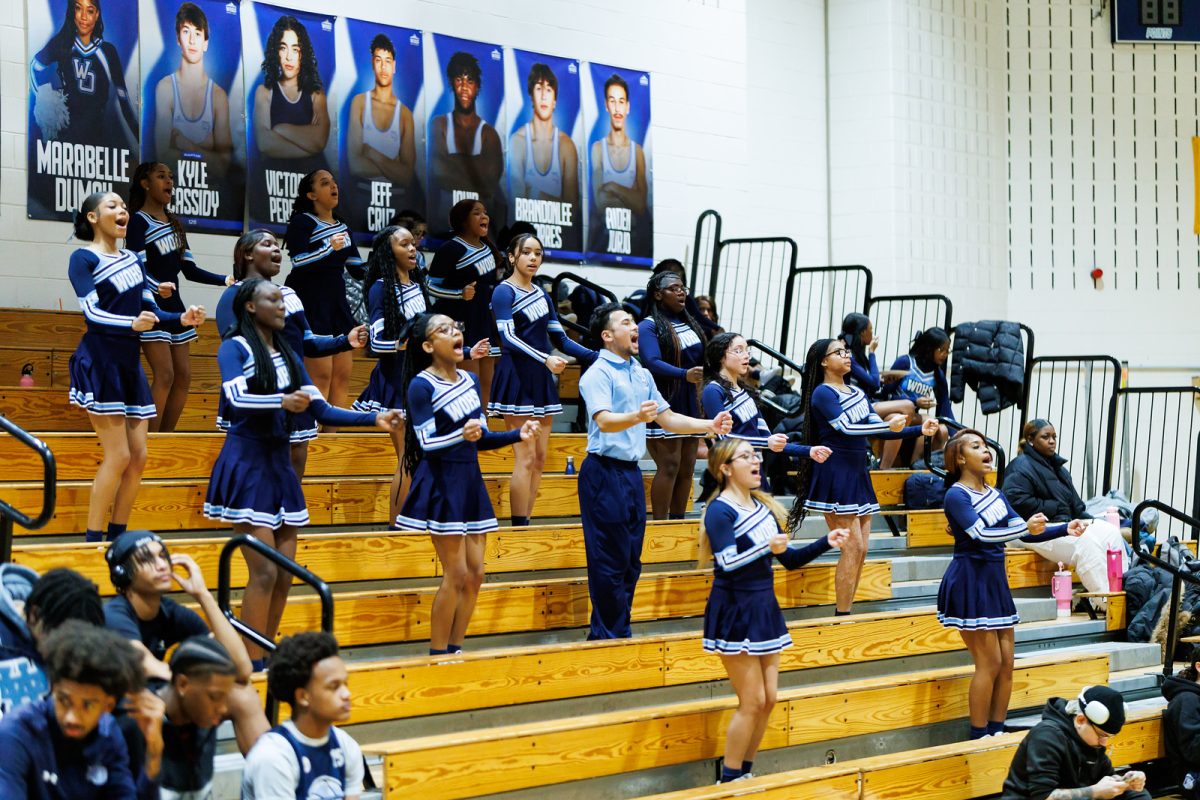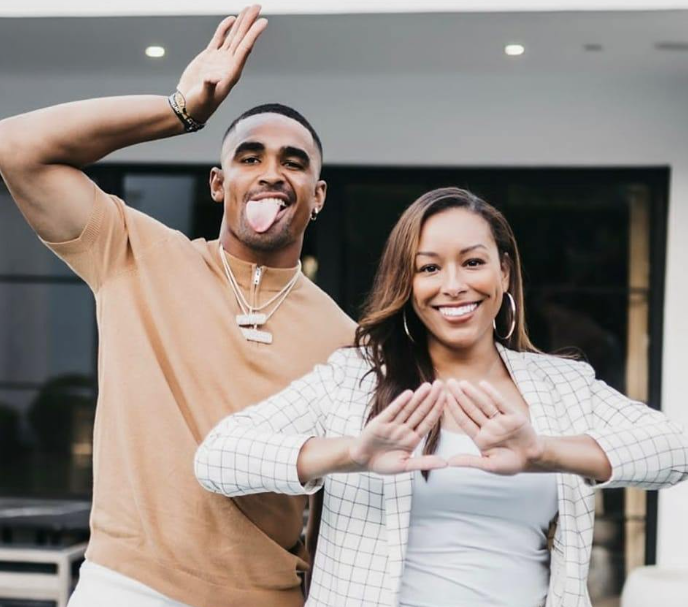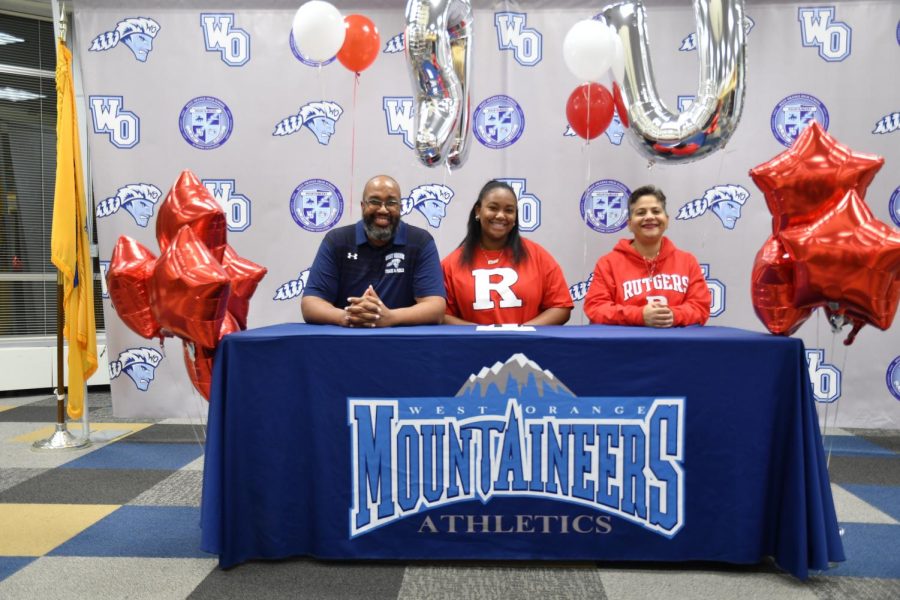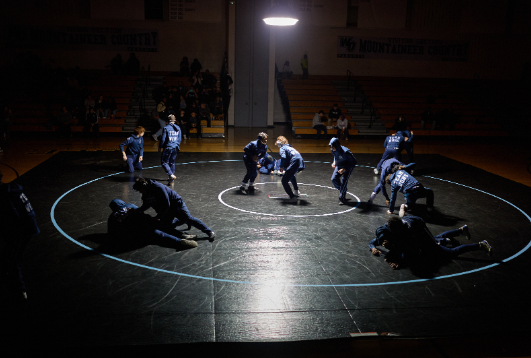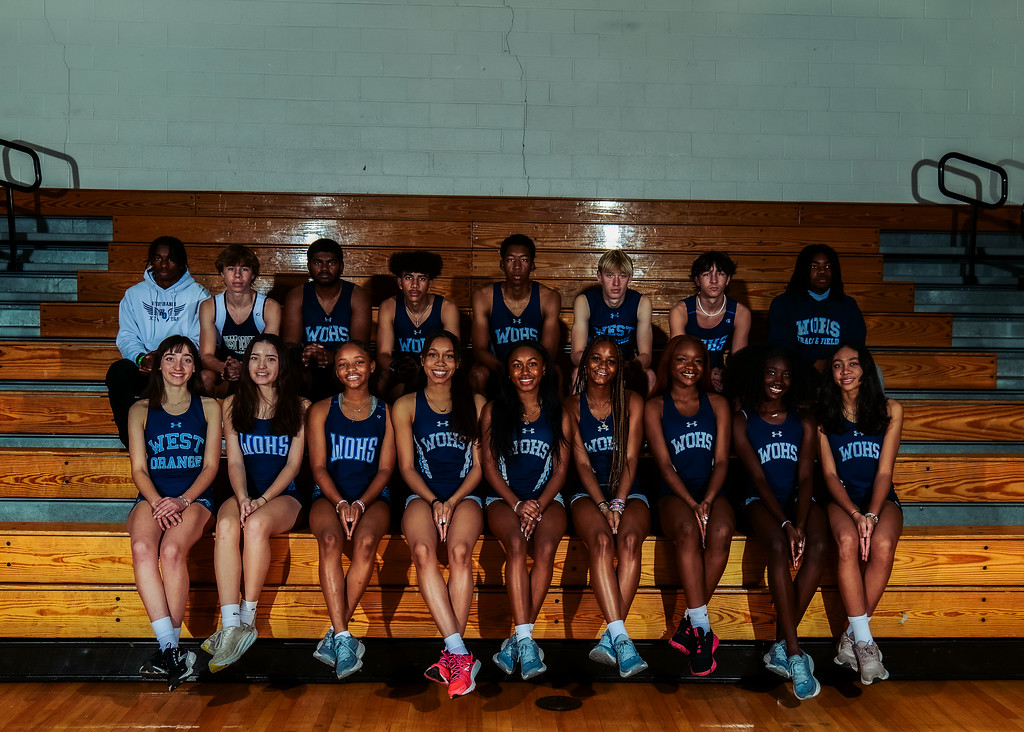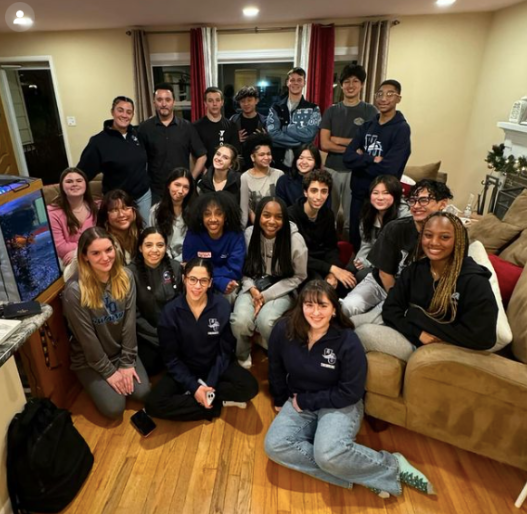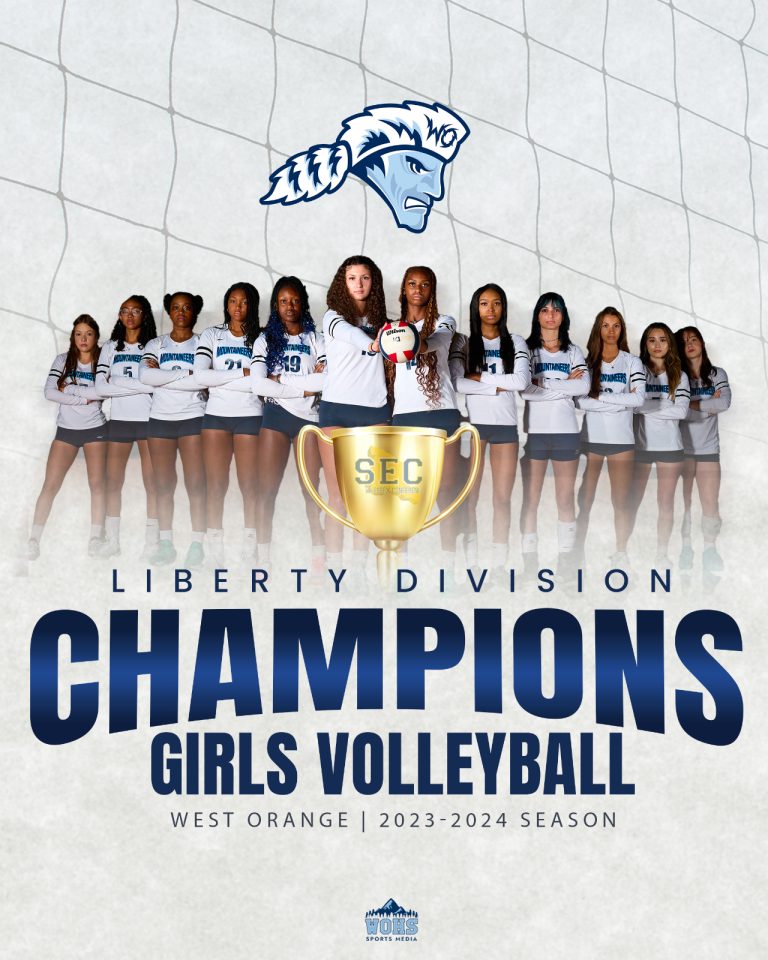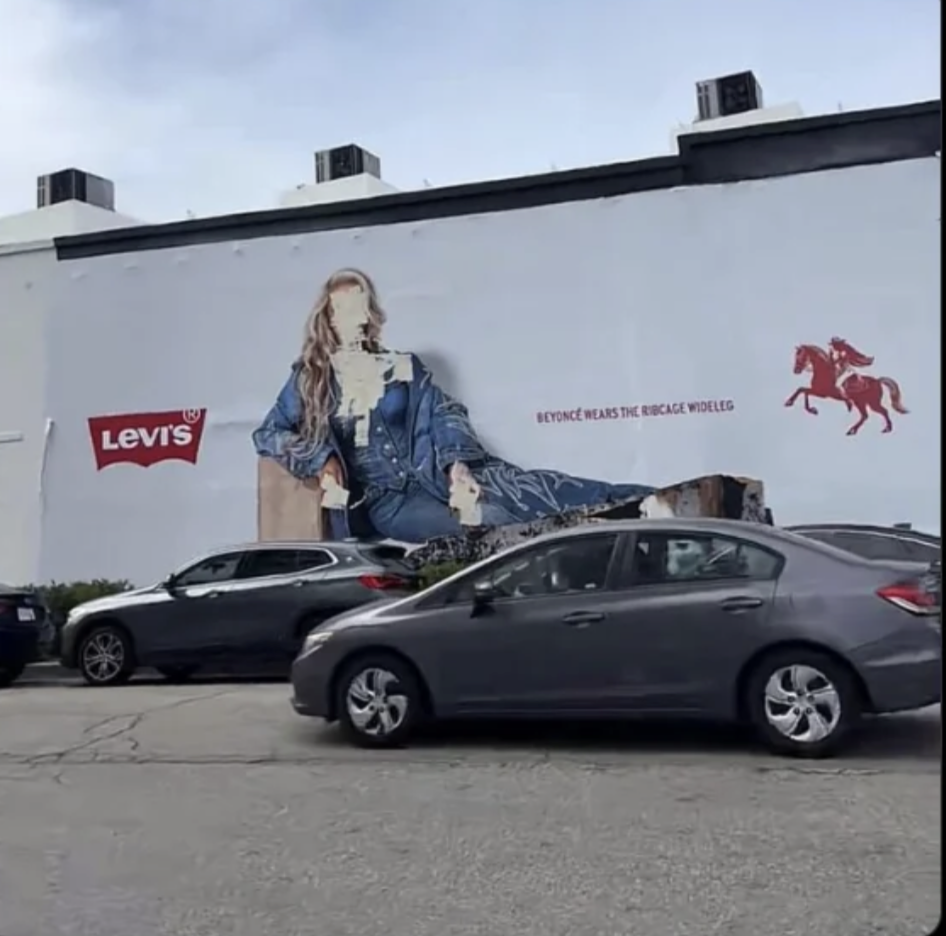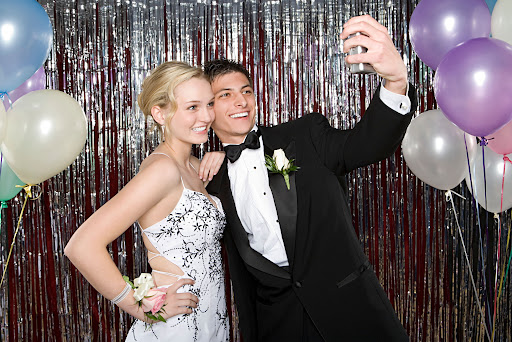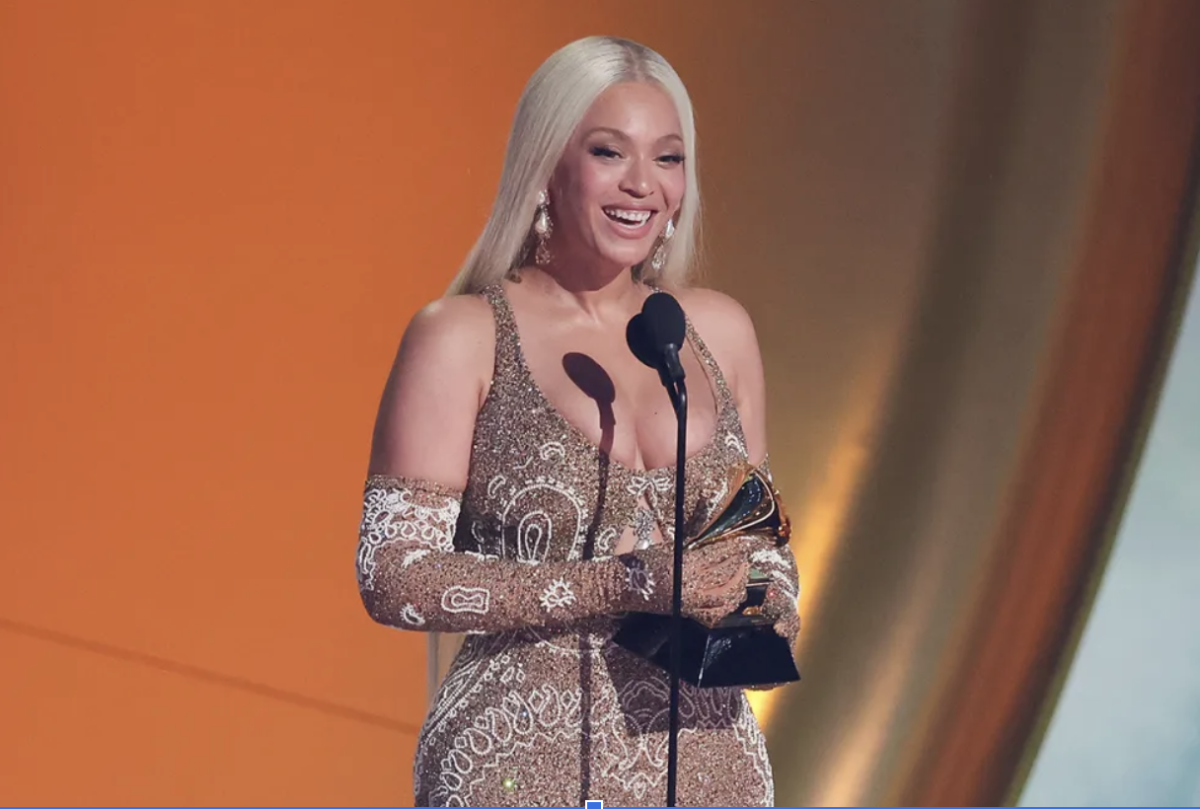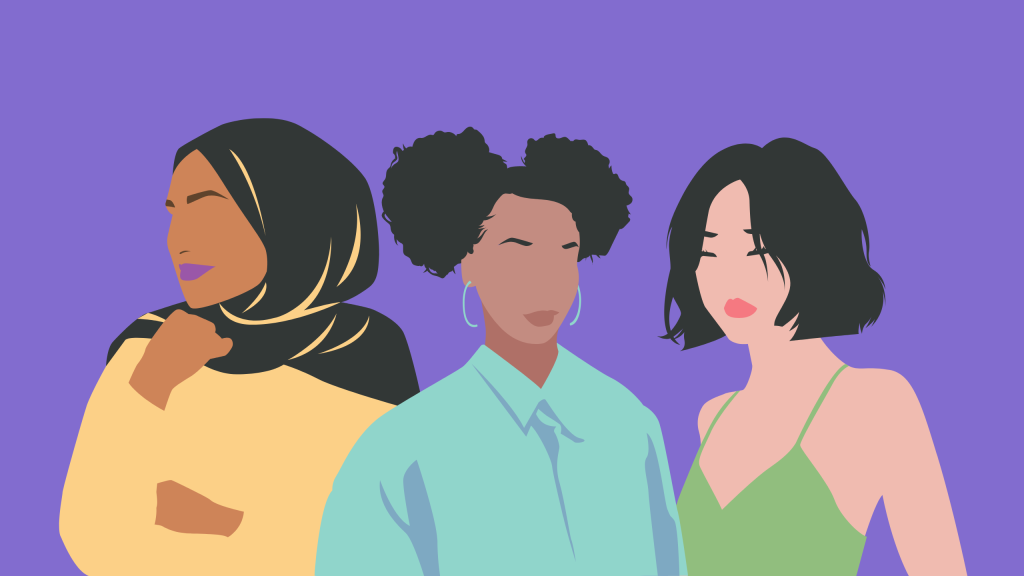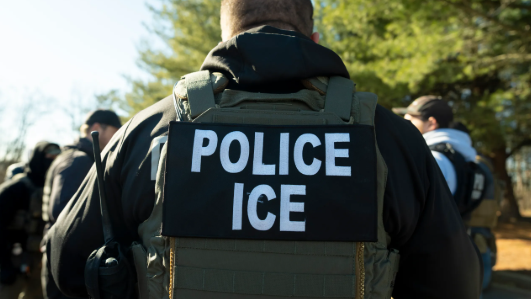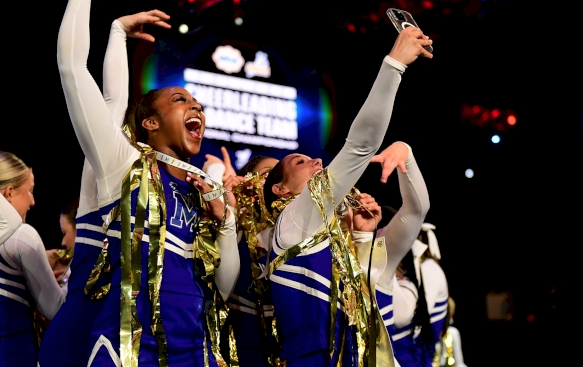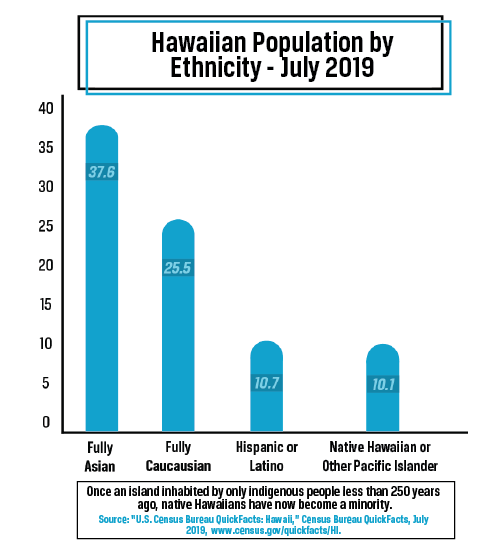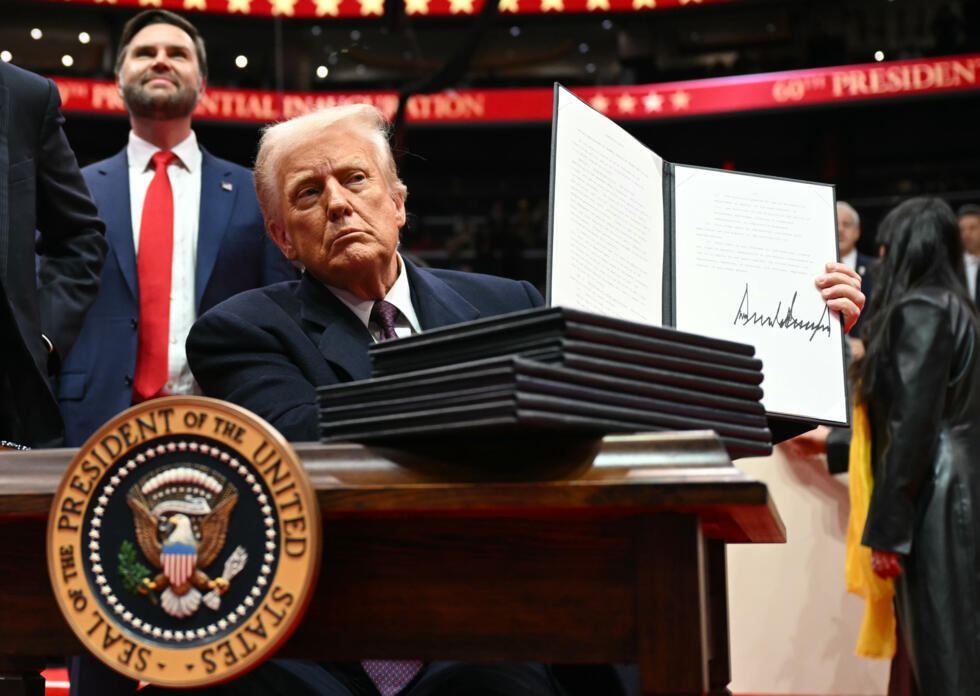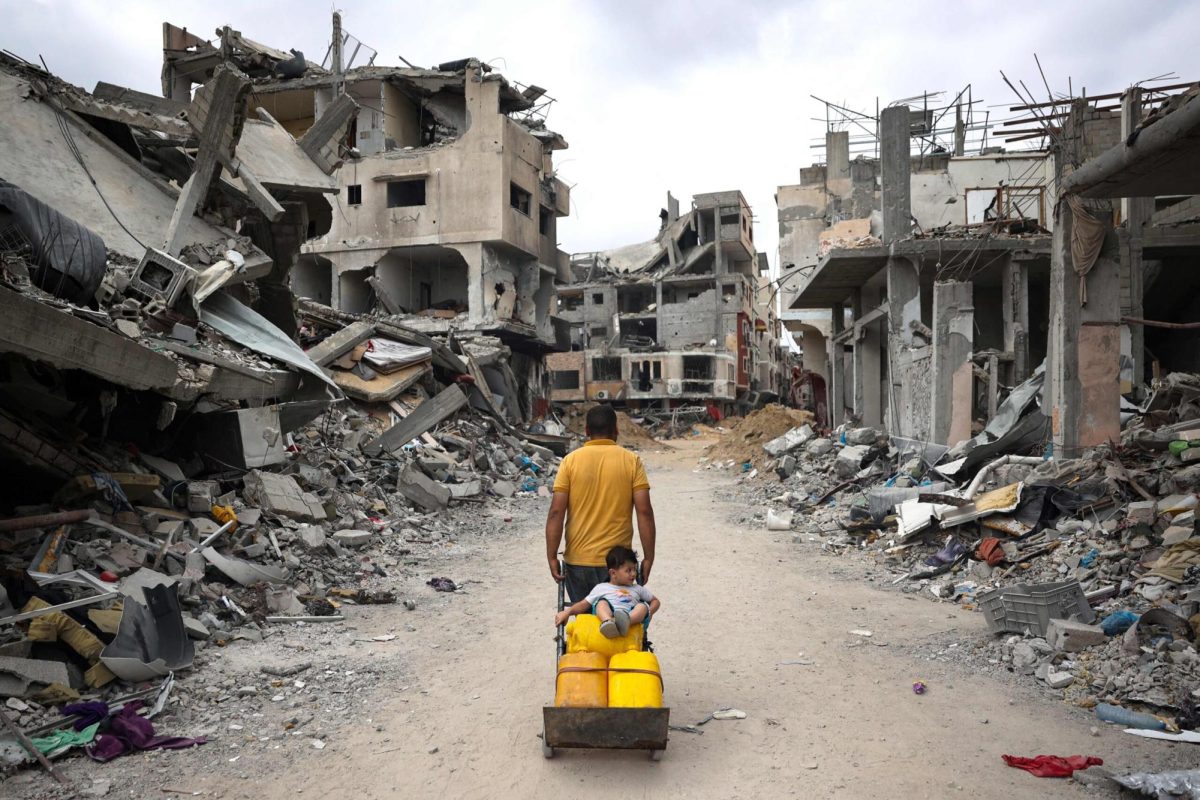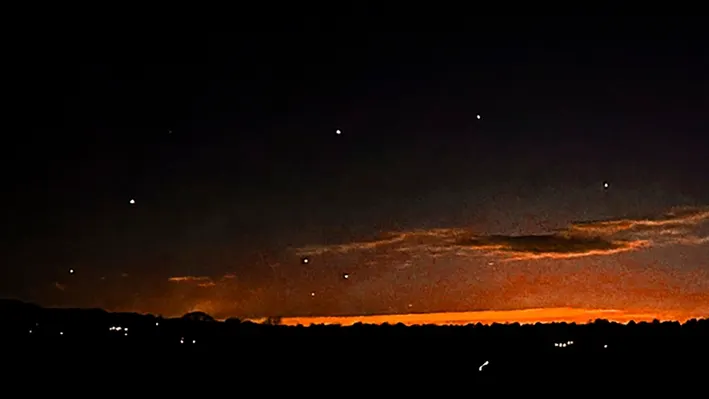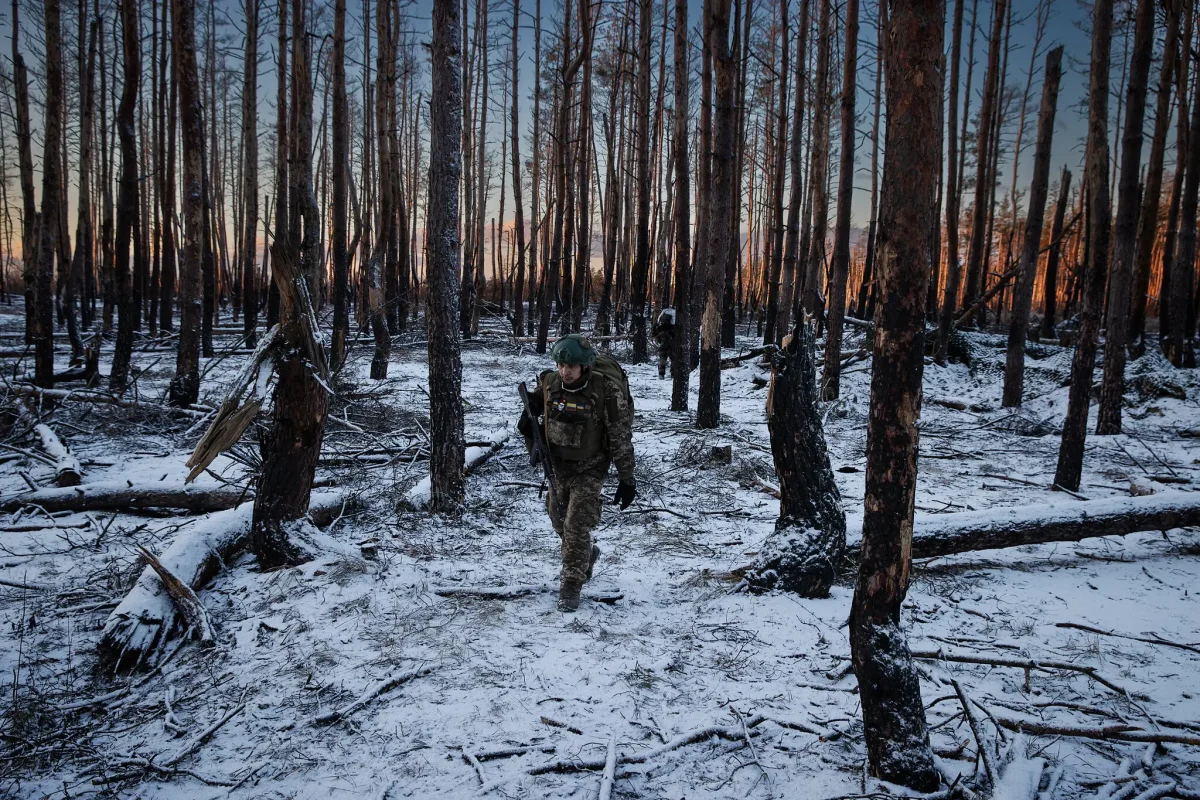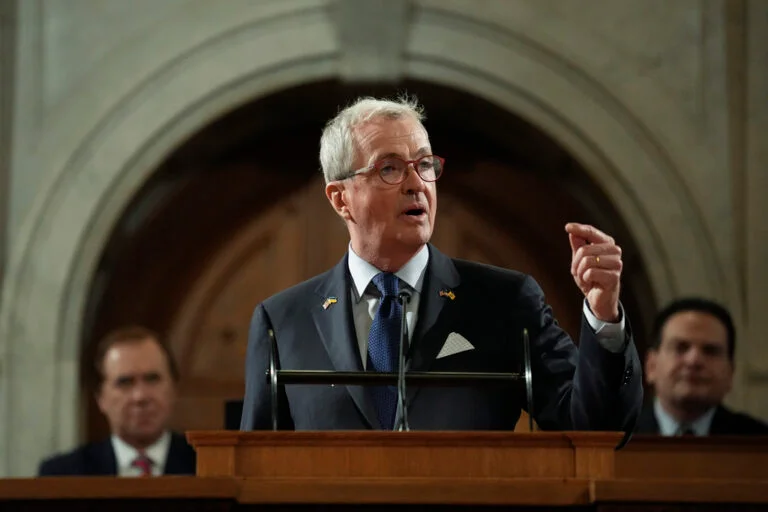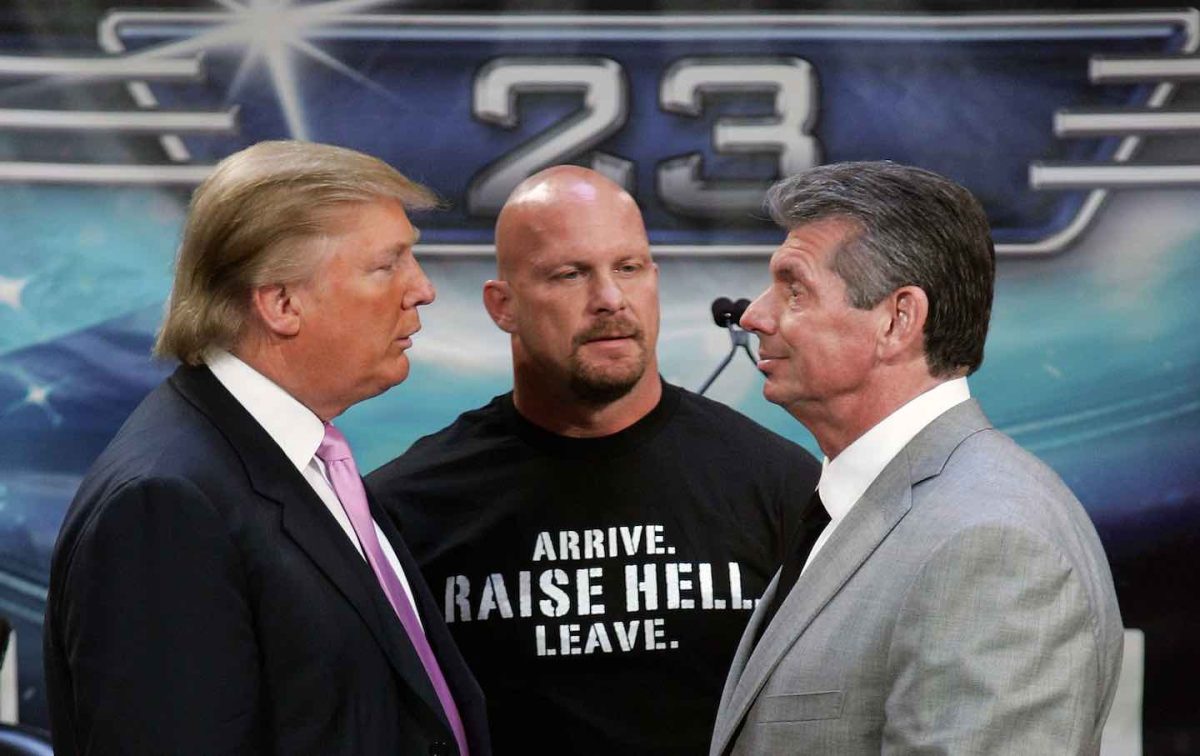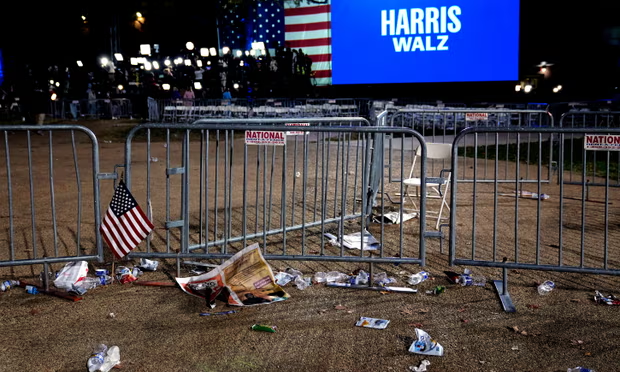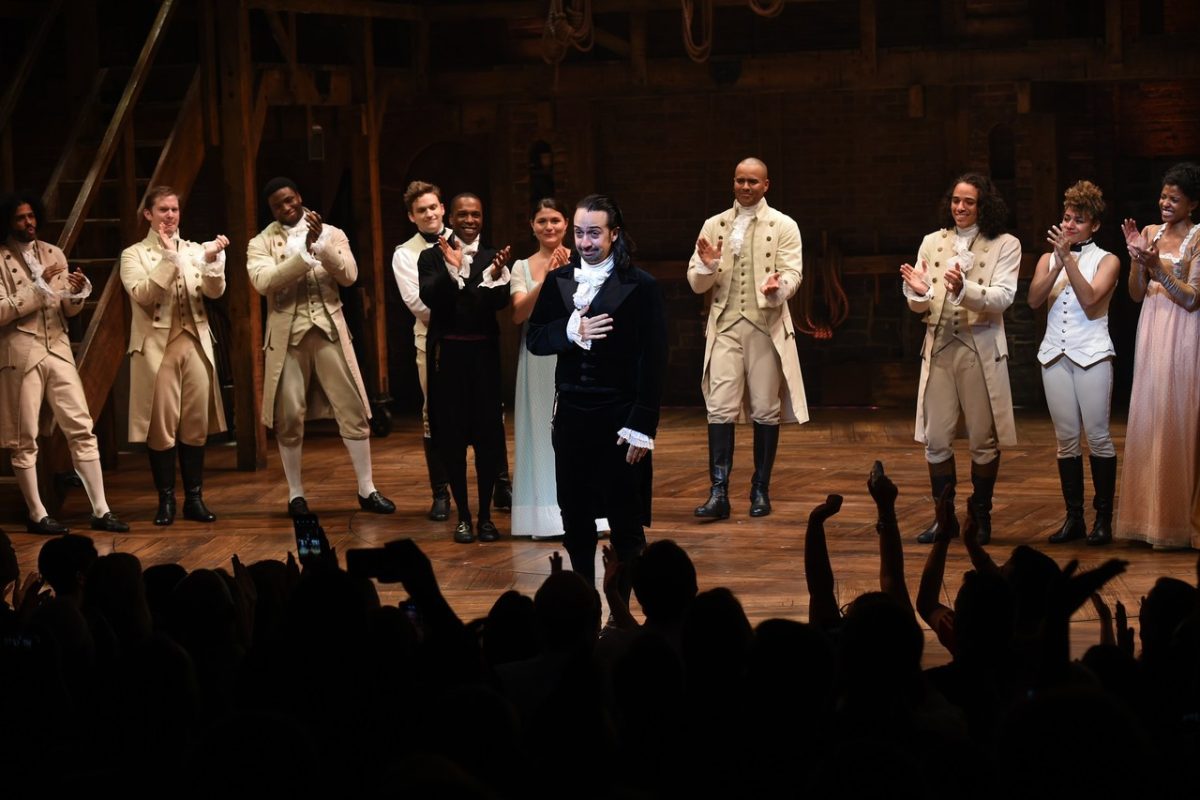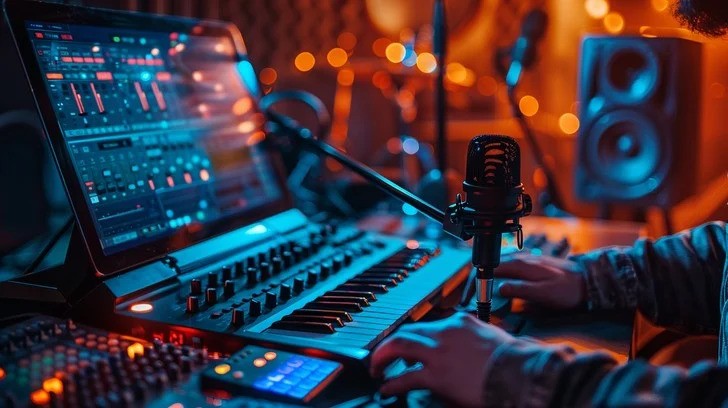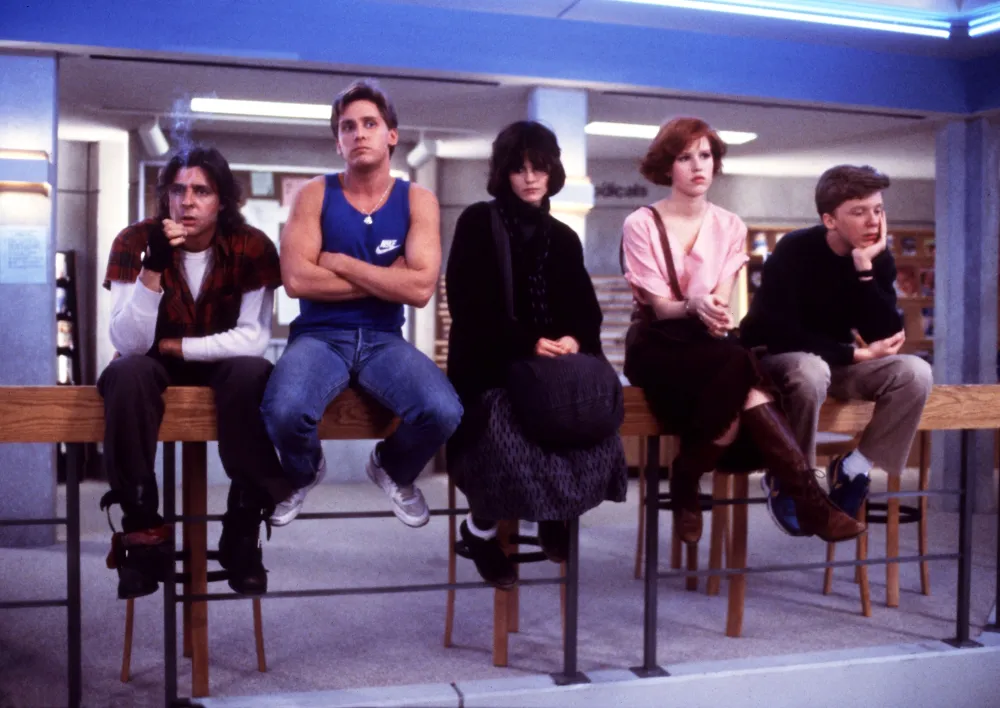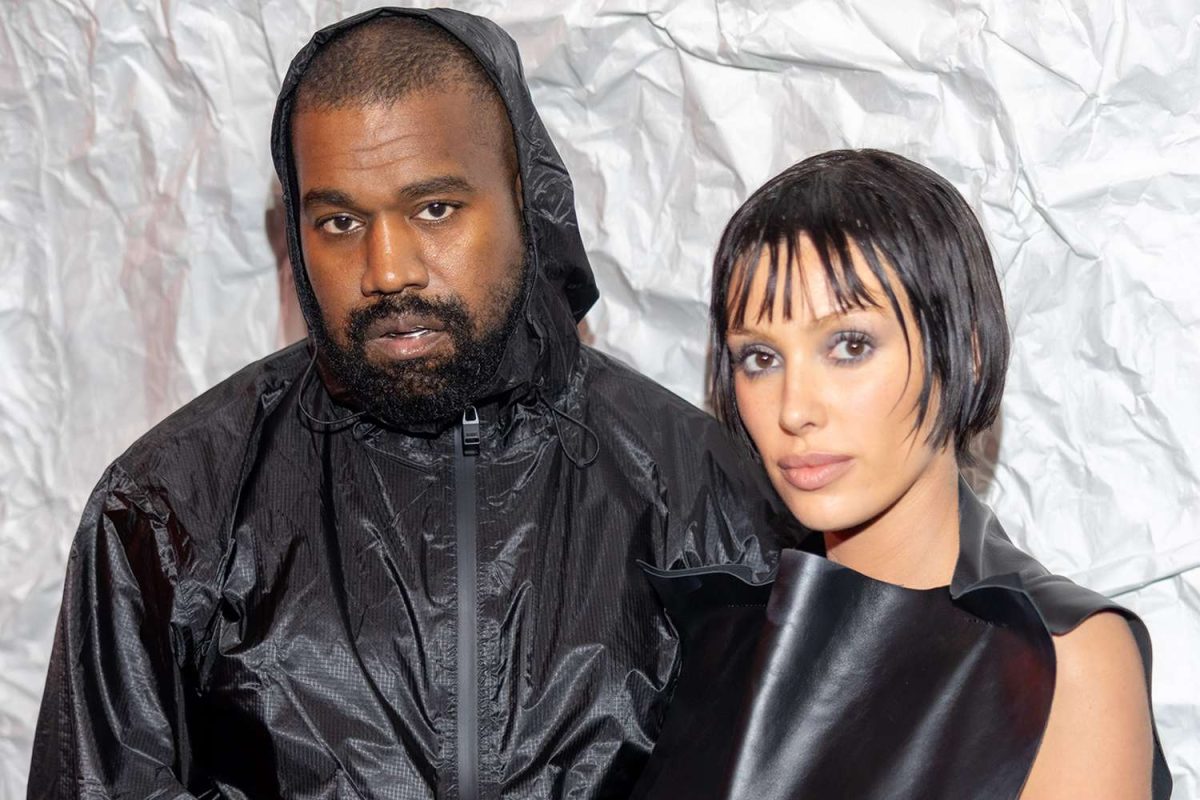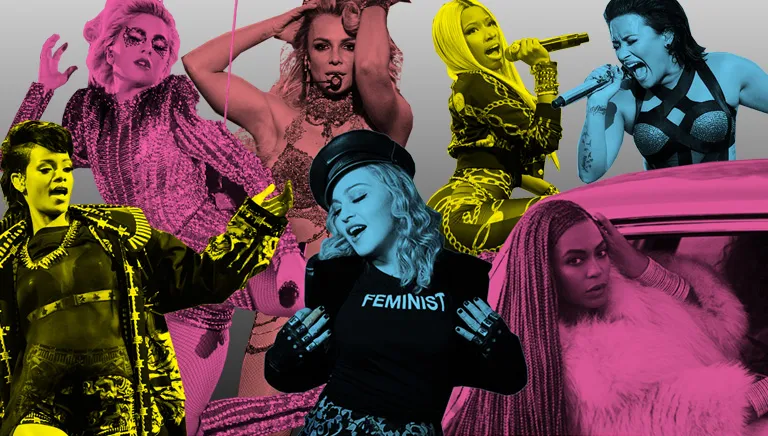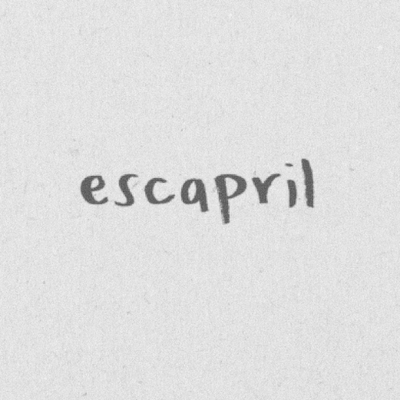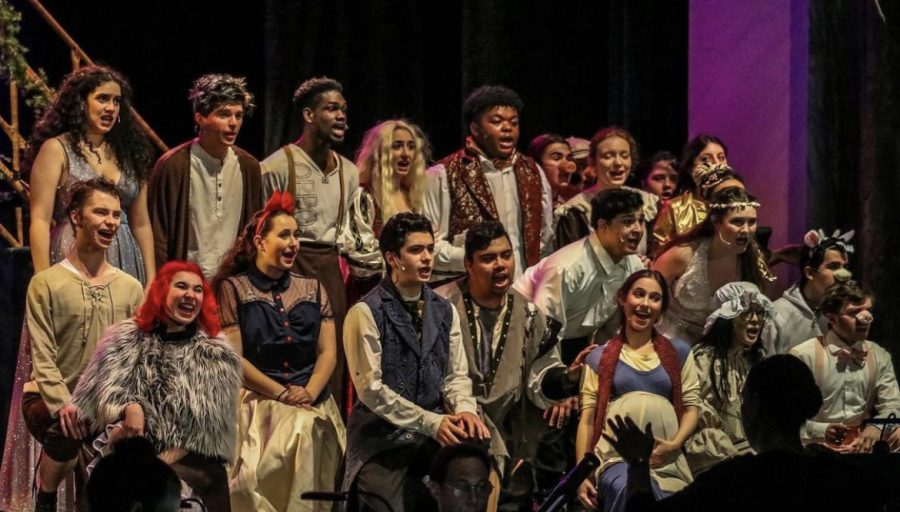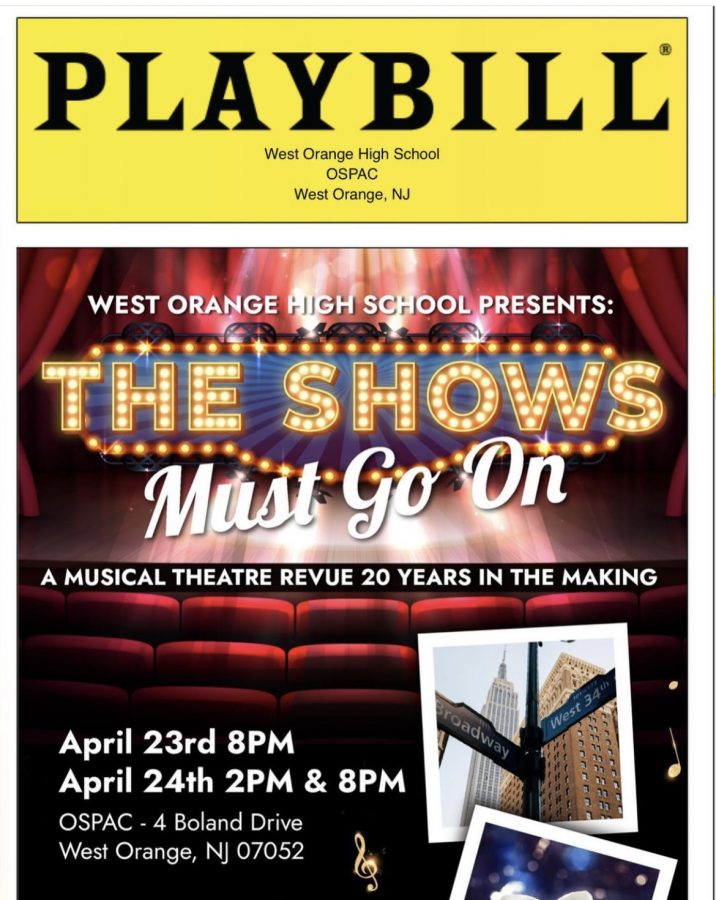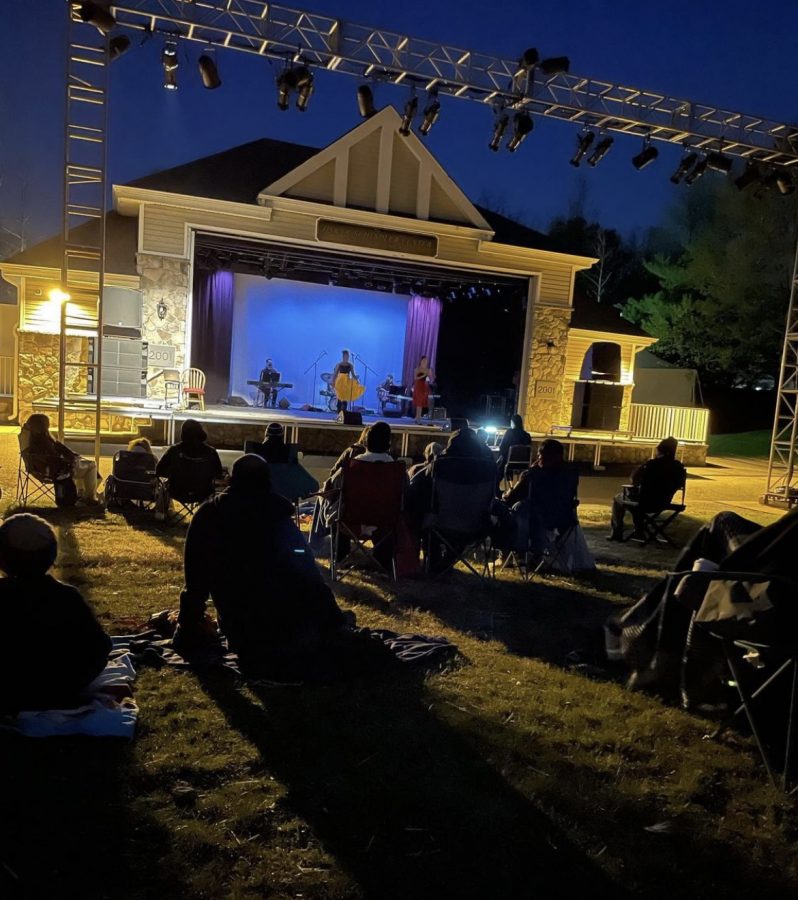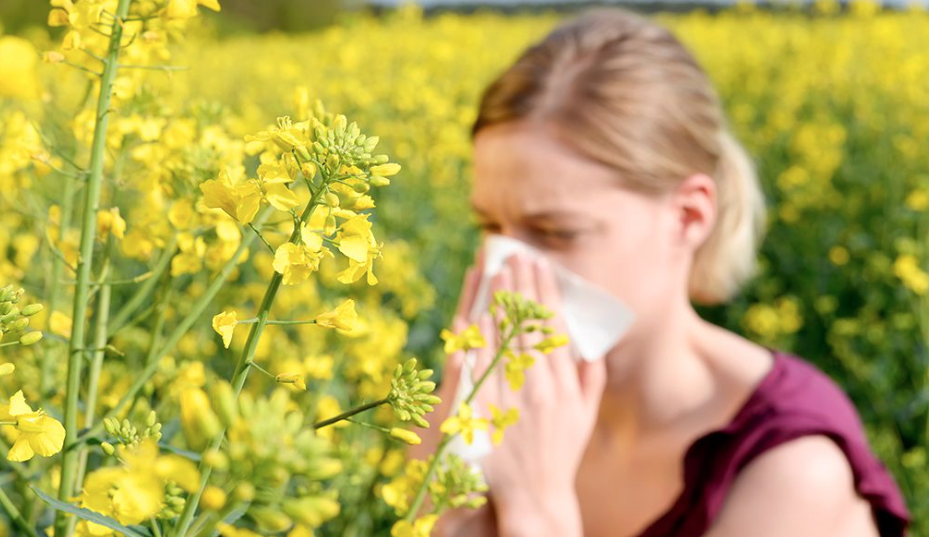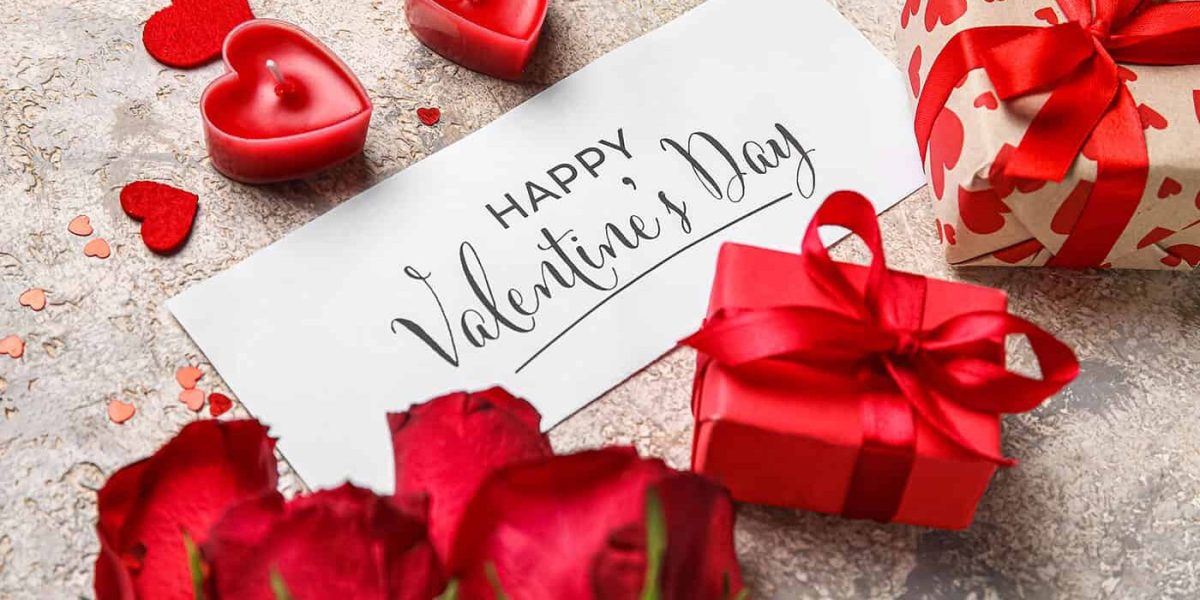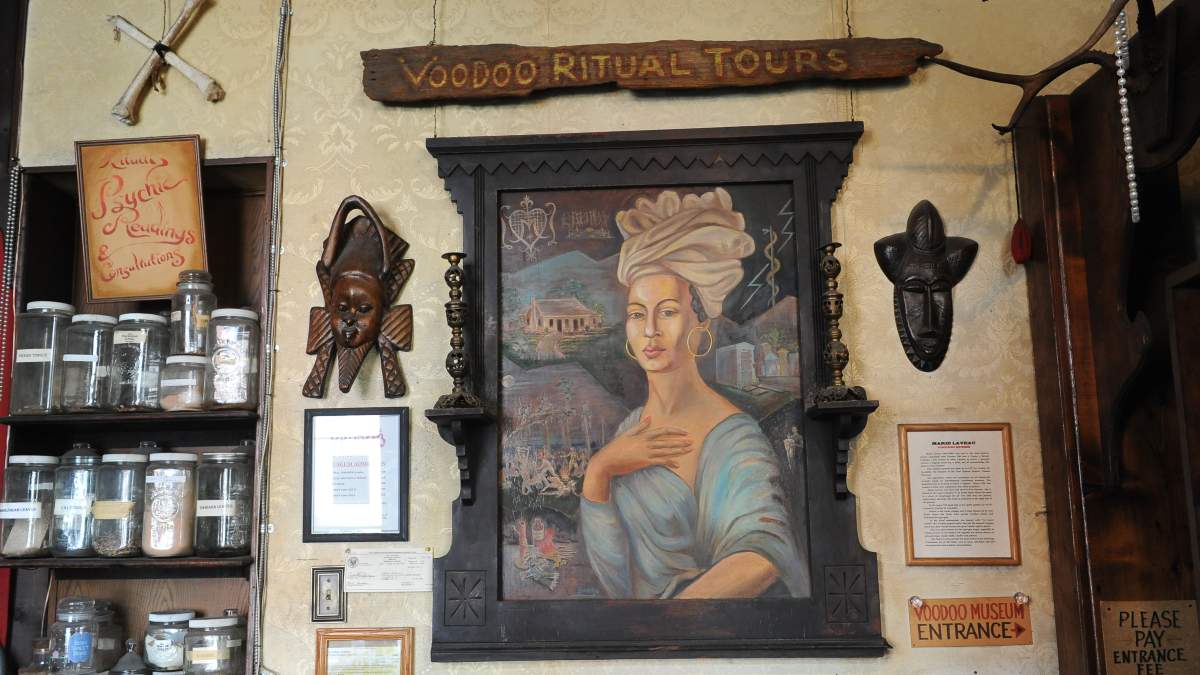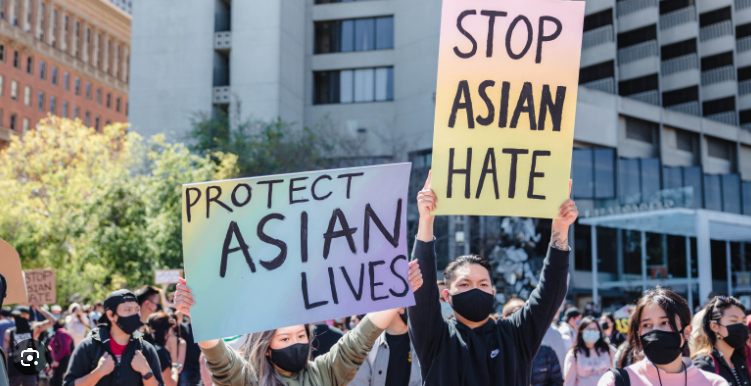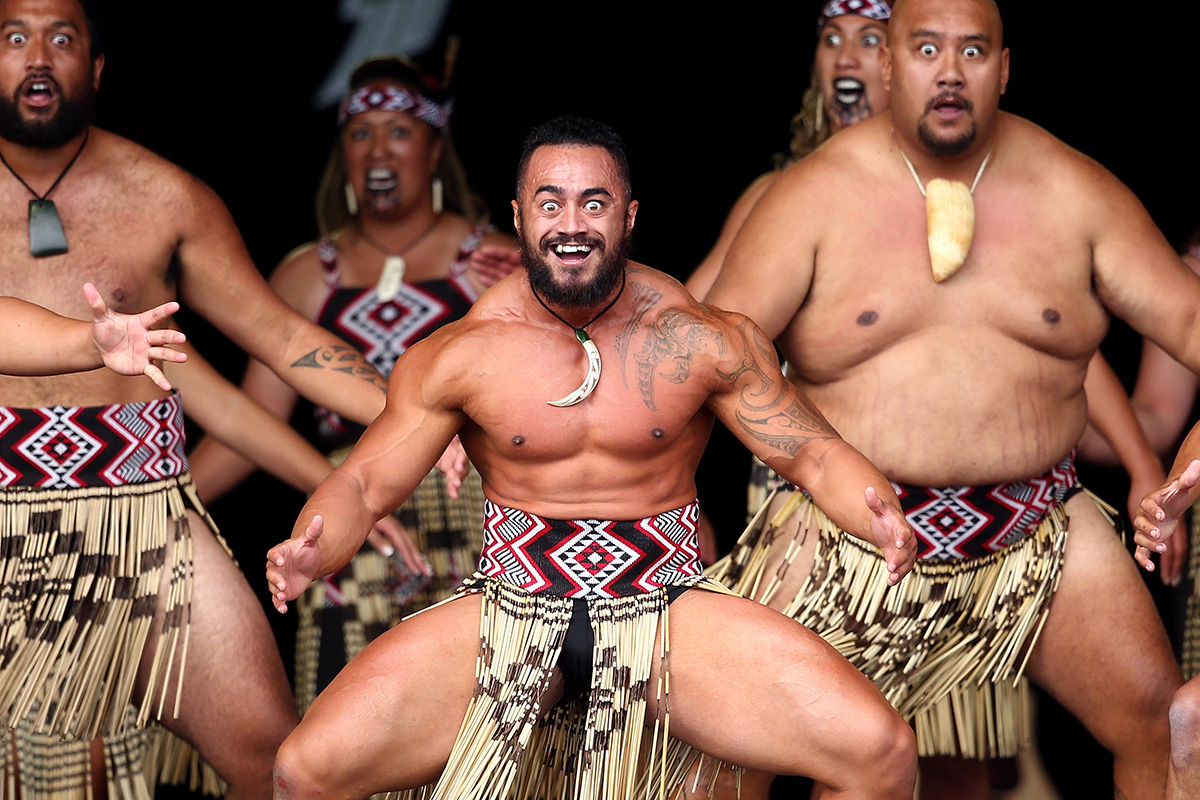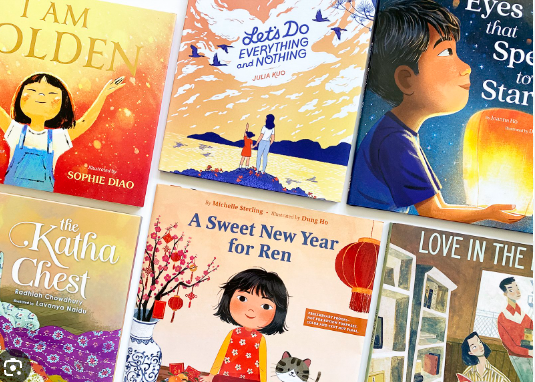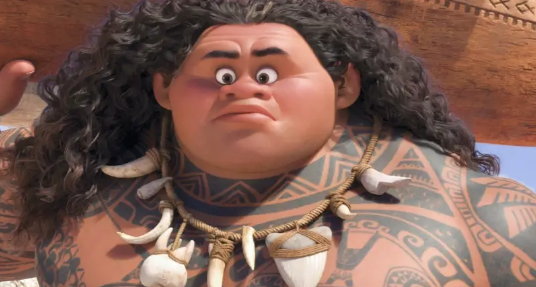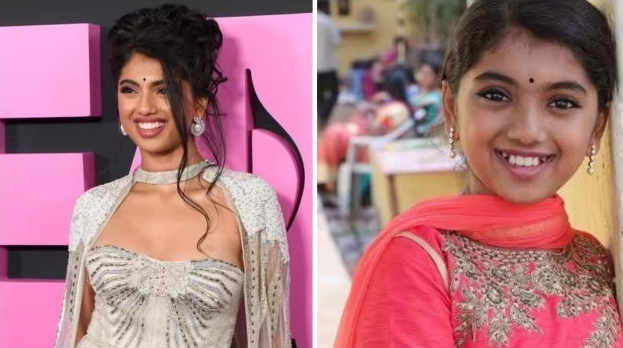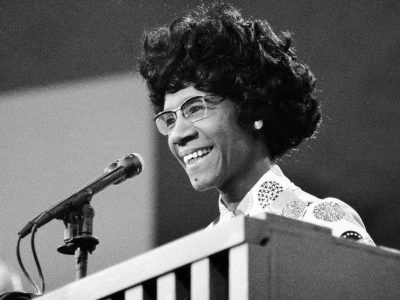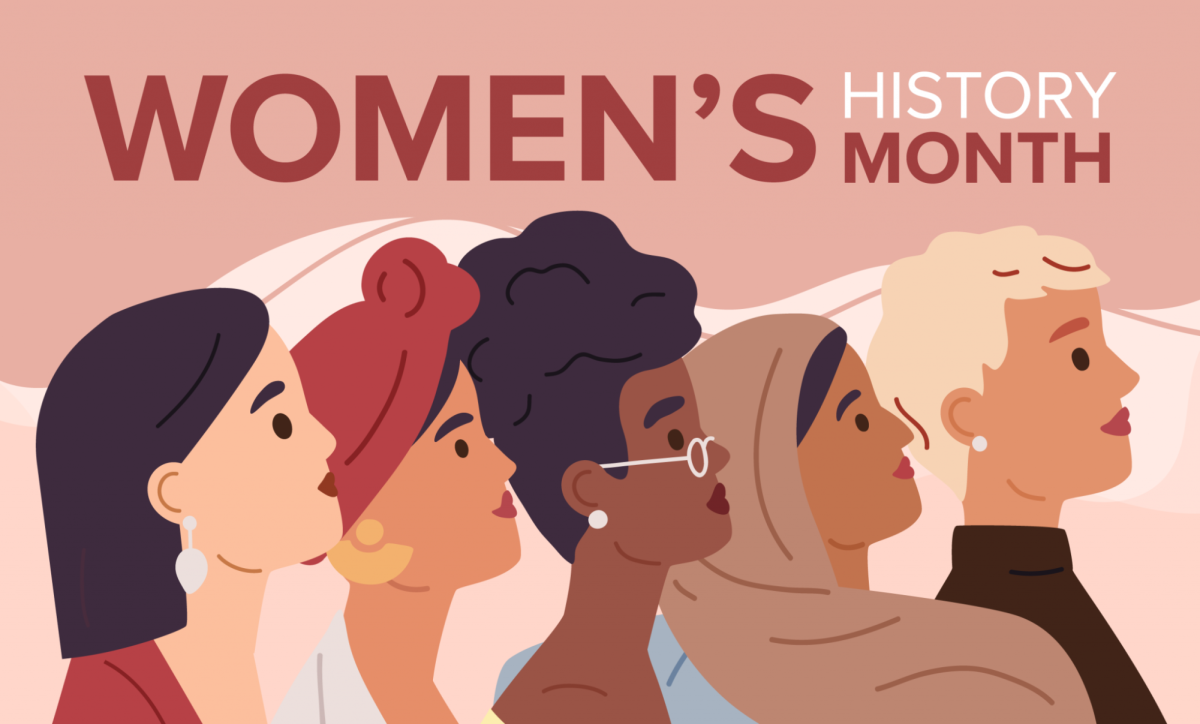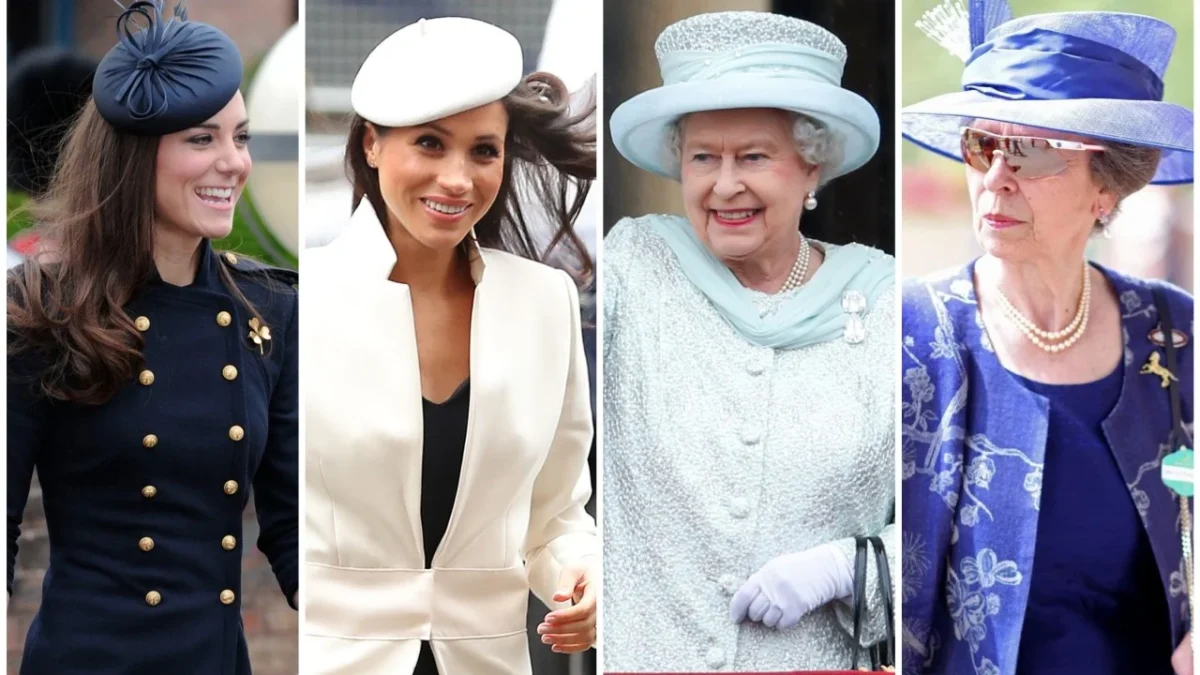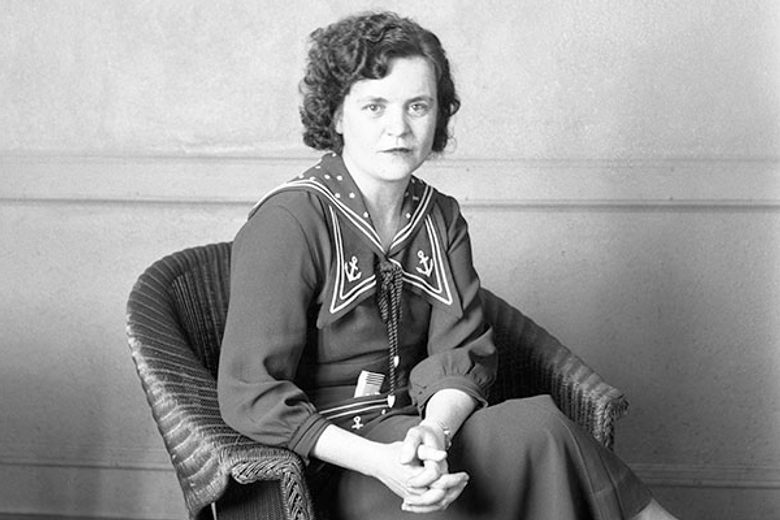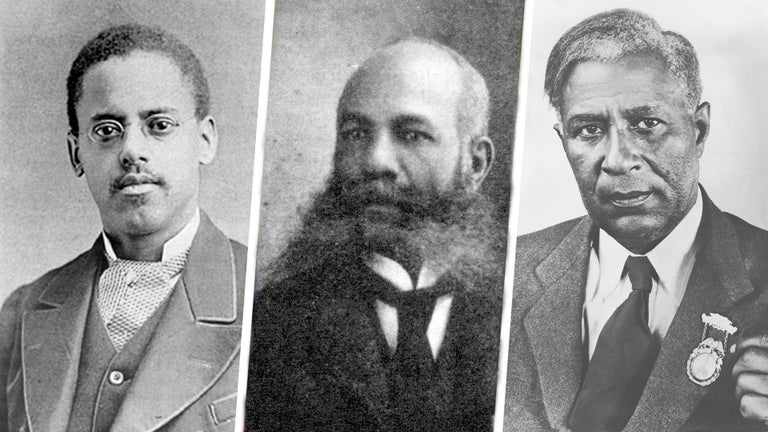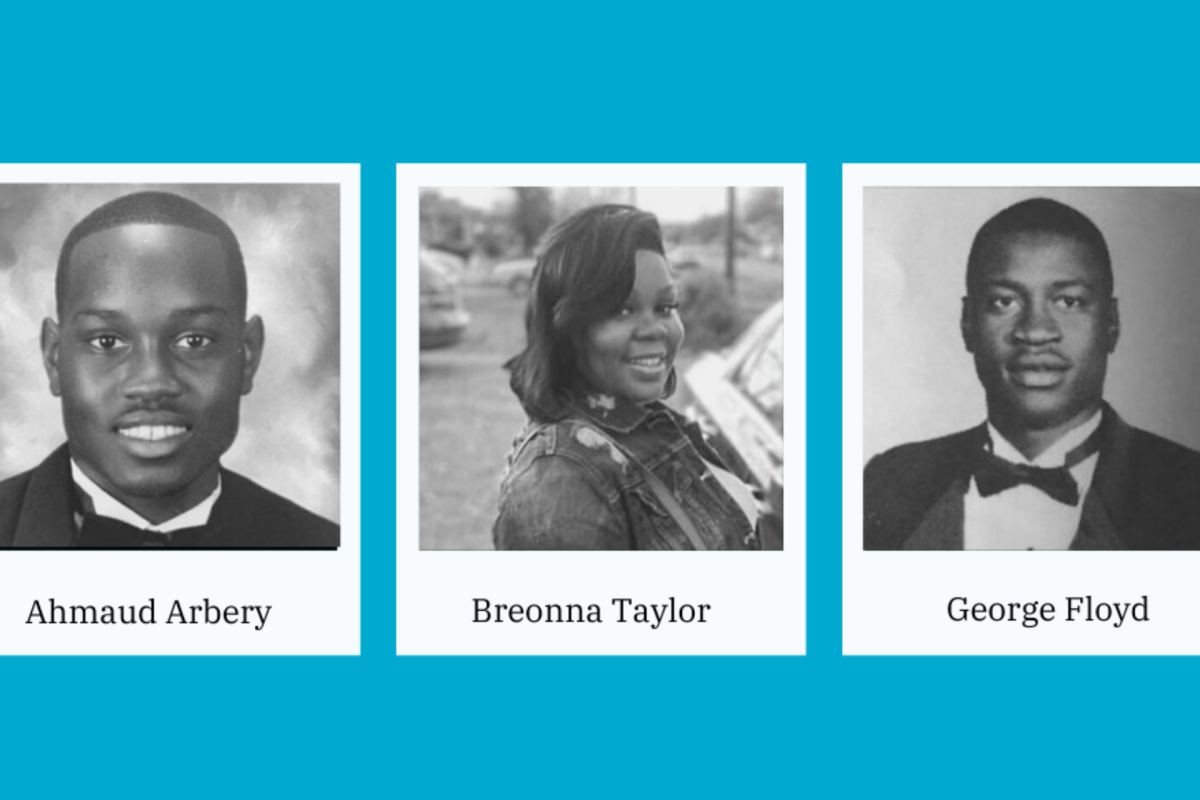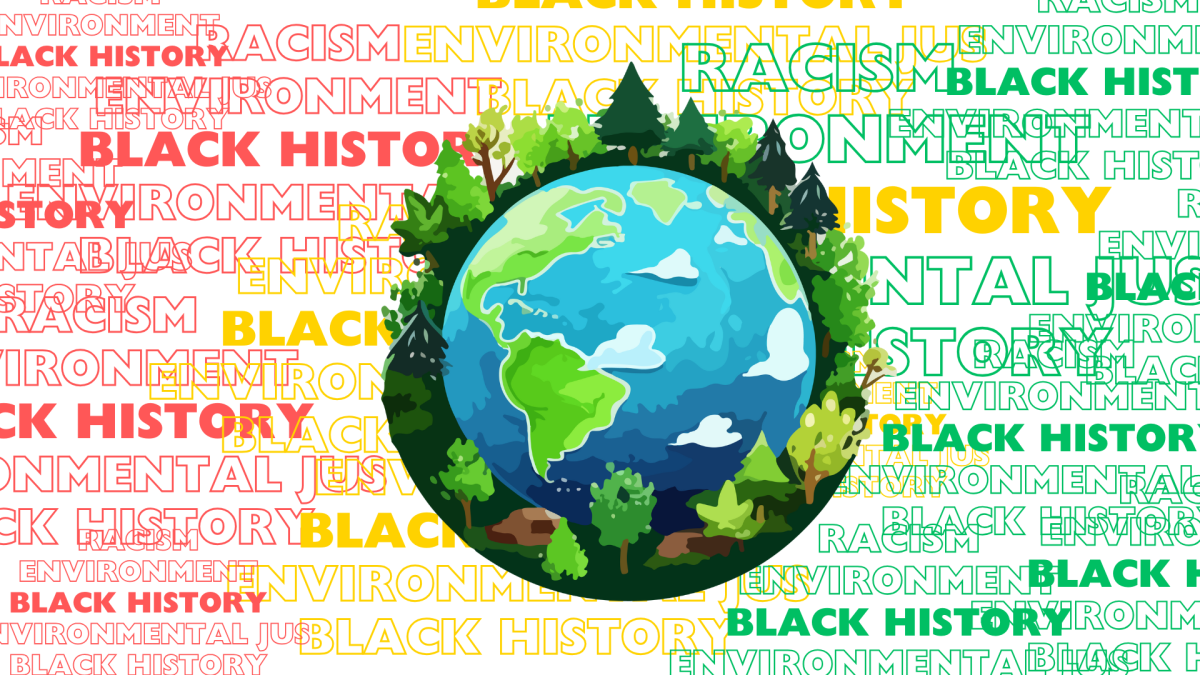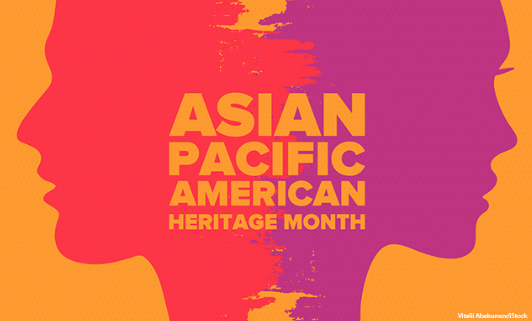Long ago, in the 13th century, hundreds of canoes from the mythical land of Hawaiki were making their voyage across the Pacific Ocean. Each canoe was filled to the brim with emigrants from Hawaiki; who used only the sun, stars, ocean currents, and wind patterns as their guide across the sea. Eventually, the emigrants landed on a beautiful island filled with mountains, volcanoes, and fjords. They developed an individual culture, language, history, religion, and society. These people are known as the Māori, an Eastern Polynesian group who were the first to inhabit Aotearoa, commonly known as New Zealand, a thousand years ago.
The Great Fleet
Many historians debate the true history of the Māori, as there was no written script or documentation for the group – instead, they told stories of their past through oral tradition. As a result, there’s no exact way of knowing when they got to the island, where they landed, or how many people there were. Over time, as people spread out, certain facts in Māori history changed. Like a historical tree branch, hundreds of storylines, which stemmed from the same idea, had branched off into completely different events.
The most famous person to interpret Māori history was S. Percy Smith. Smith studied the Māori’s historical tales throughout the 19th and 20th centuries and eventually, by patchworking together similarities in different stories, Smith was able to create one of the most cohesive accounts of Māori history and the “great fleet.”
According to Smith’s narrative, a Polynesian explorer named Kupe first discovered Aotearoa in 750 CE. Then, about 300 years later, between 1000 – 1100 CE, two Polynesian explorers named Toi and Whātonga went to Aotearoa and discovered a nomadic people called the Moriori. In 1350 CE, seven canoes filled to the brim with tribes from Tahiti* came to Aotearoa. They demolished the Moriori and turned Aotearoa into their home.
*In most oral traditions, the Māori came from a magical island called Hawaiki (believed to be a region in Tahiti). Maori mythology states that the first world and first people were created in Hawaiki by a supreme being known as Io. Hawaiki is closer to the underworld than anything else, and in Māori culture, it was believed that after death, a person would return to Hawaiki for eternal paradise.
The Māori Culture: Society, dress, homes, and cuisine
When the Māori first arrived in Aotearoa, they settled on the coasts, hunting seals and moas for food. Then, as they got more comfortable, they relocated to the forests and began relying on agriculture for survival. The Māori didn’t live together in one enormous group – instead, proceeding their arrival, hundreds of small tribes had dispersed about Aotearoa. Over many centuries, the tribes evolved like small societies, developing their lifestyle, values, oral traditions, and customs.
Māori dress varied based on time, weather, and context. They created intricate hairstyles, skin colorings, and detailed body tattoos*. They wore waist and shoulder garments, cloaks and capes, pendants, sandals, and valued weapons. A person’s style of dress also indicated their social status. Group leaders tended to be the best dressed because it reflected positively on their entire tribe. Men going into battle wore finely woven garments of flax. The most esteemed clothing was the most difficult to make, however, as it was embedded with rare, valuable elements and was only worn by the most powerful people.
Māori villages tended to have communal homes called “wharepuni”, long, rectangular houses made of timber, tree bark, ferns, rushes, and earth floors. Separate communal buildings were also made for cooking, storage, and village gatherings. Nature and life are greatly respected among the Māori, so they interact with their environments delicately.
Cuisine depended on the resources in Aotearoa, which varied from seafood and meats to fruits, ferns, and fungi. Certain foods like yam, taro, and kūmara were brought over from Tahiti and agriculturally developed to acclimate in the colder climate of Aotearoa. The Māori would cook large batches of food in a hāngī (or an “earth oven”) to feed the entire village. If not cooked, other foods were put in storehouses called pātaka where they would be fermented or sealed in fat to dry. Whitebait, seaweed karengo, huhu grubs, fern shoots, karaka berries, and fresh mussels are all important foods in the Maori diet.
*Maori tattoos tend to tell a story through visual arts; different images embedded into the body represent a different part of each person’s life.
The Māori Culture: Art and the Haka
Māori folklore and history was told through both oral tradition and art. The main art forms used by the Māori are raranga (weaving), peitatanga (painting), tā moko (tattooing), and whakairo (carving). Before European colonization, the Māori had no form of written language, so all stories of the gods and Māori mythology had to be passed down orally and through these artistic representations. Certain symbols represented objects such as the sea, earth, fire, or wind. Other pieces that could be worn by a person (typically clothing or carved jewelry) were said to have carried the spirit of the person who handles it. Heirlooms passed on through generations are sacred, as they carry the spirit of all those who have worn the item. Specific designs can also have a deeper meaning; a spiral, or the Koru, represents life and purity. Whales represent intelligence, as well as family love. These details are embedded into the traditional Māori fashion, whether it’s clothing, decor, weaponry, or more.
Māori culture has also inspired a lot of artistic work with its undeniable beauty. James Cameron’s second installation of his hit franchise, Avatar: The Way of Water, was directly inspired by Māori traditions, culture, and history of European colonization. In The Way of Water, Cameron introduced the audience to the Barrier Reef Metkayina Clan, a group of Na’vi who lived and survived around the ocean. From style of dress, to face tattoos, to ceremonial dances, the Metkayina people are a fantasized reflection of the Polynesian group. In an interview with TheWrap magazine, Cameron explained that “[he] tried to walk a fine line… and celebrate Polynesian indigenous culture in general, right across through from Hawaii, down through Tahiti, French Polynesia, Māori culture and Samoan culture and so on…”
One specific piece from Cameron’s movie that stood out to the audiences was the Metkayina war cries and dances – a performance nearly identical to the haka; a traditional Māori ceremonial dance. The haka is a group dance that consists of rhythmic shouting, vigorous motions, fierce facial expressions, stomping, and slapping. The origins of the haka come from legends of the Sun god, his wife – the essence of summer, and their son; it is believed the shaky, rapid gestures represent the air on a hot summer’s day. Customarily, the Māori would welcome visiting tribes with the haka dance, but it was also used to motivate warriors before going into battle. In modern times, the haka is still performed during ceremonies like birthdays, weddings, funerals, or celebrations.
The All Blacks, New Zealand’s National Rugby Team, perform the haka on the field before every rugby match. Though the haka’s tradition wraps back to warriors and battle, the All Blacks don’t perform the dance as a sign of challenge or to invigorate the other team. Instead, it is done to display the team’s strength and unity and is a thank you to all the fans and supporters.
Fighting for Rights in 2024
Like many places around the world, the Māori people are still trying to revive the culture that was stripped from them by European colonialism. In the 1800s, when British settlers first entered Aotearoa, the Māori were not fazed by their violent nature. Warfare was a vital part of Māori tradition, mythology, and history. They fought with intensity and resilience, as well as dedication to the defense and protection of their land. However, with the advanced weaponry that the British army had in the early 1800s, the Māori were eventually defeated, and Aotearoa became a colonized New Zealand.
Before the British encounter, the life expectancy of the Māori was about 30 years old (similar to most 18th-century societies), and there were about 100,000 Māori in Aotearoa. But by the end of 1891, their life expectancy was between 23 and 24 years old, and at it’s lowest, there were 42,000 Māori left. Warfare and disease were the greatest killers of the Māori population, both of which had been brought over by the British.
Through confiscation and purchase, the Māori lost 97% of their ancestral homes. Those who were displaced were forced into poor, impoverished conditions. Without land, agriculture declined, and the Māori had trouble finding food resources for themselves and their families.
In the 1970s, influence from the Black Panther Party and the American Indian Movement (AIM) inspired protests in New Zealand, too. The outcries for retribution and justice overflowed New Zealand’s government until finally, they were forced to recognize the atrocities committed against the Māori. Beginning in the late 20th century, treaties and settlements were reached between the Māori and New Zealand’s government, where the Crown officially apologized, and Māori communities were paid back with cash and land returns.
Since then, the government investigated Māori grievances and has made Māori an official language. In fact, New Zealand is well known for the pride and respect it has for its indigenous population. Māori culture, language, history, holidays, and customs are celebrated on a national level. Even though New Zealand has taken great strides to create an equal environment for everyone, that doesn’t mean its society is perfect. Like many minority groups, Māori people still experience higher rates of poverty, violence, substance abuse, sexual assault, and suicide. Cultural erosion is still a huge issue, as the Western influence washed out Māori practices and customs.
To keep Māori tradition and culture alive, Māori find it important to pass their language, land, stories, and heirlooms from one generation to the next. Hopefully, in the coming decades, the fight for Māori equality won’t just be a discussion, but a human right that Western governments will continue to take action on.
